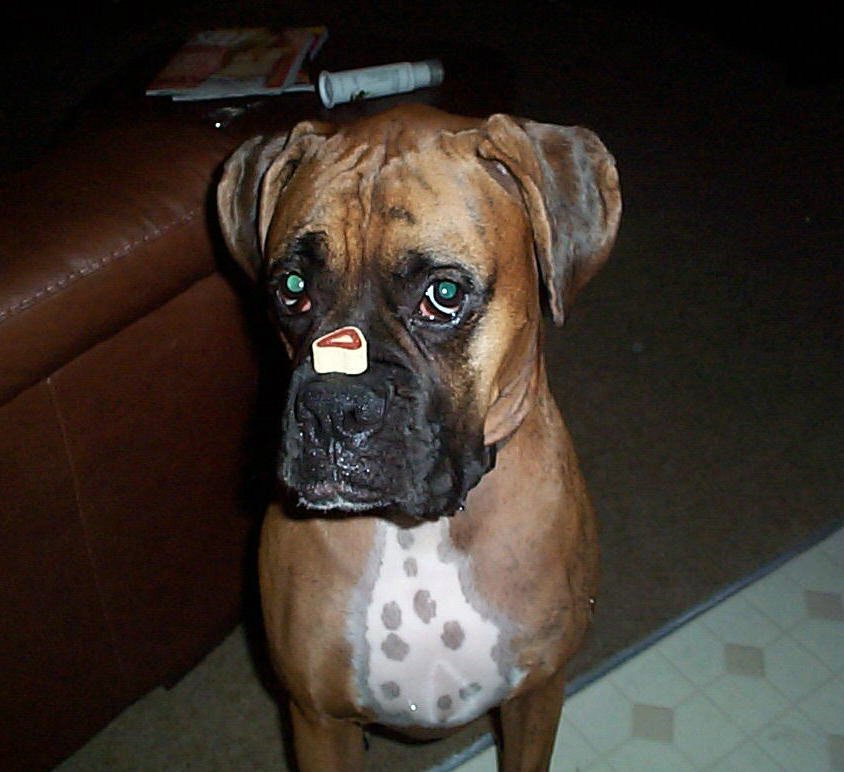13th Sep 2009
Shelf Life of Dry Pet Foods
 If you buy pet food in bulk, how long do you expect it to stay fresh? And what does fresh mean?
If you buy pet food in bulk, how long do you expect it to stay fresh? And what does fresh mean?
Fresh means that the pet food didn’t sit on a shelf for extended periods of time before it is served. Fresh foods, even when frozen, retain most nutrients including vitamins.
Most kibble and all canned foods are processed at high temperatures which destroy most vitamins. Therefore, these foods are mostly enriched with a surplus of minerals and vitamins (mainly to achieve the AAFCO recommended nutrient levels). However, it is hard to tell how, and if, these supplemented vitamins survive the processing methods. Extruded pet foods are sometimes coated with these supplements after they were heated, but this is obviously not possible in the case of canned foods.
Let’s take the example of kibble that contains the more ideal form of supplementation. When isolated, synthetic vitamins are sprayed on the kibble after it was heat processed, vitamins are still viable when the food is packaged. However, what happens next to these vitamins (and antioxidants)?
Time, temperature, air, and if the package contains a see-though window, light will take their toll on the life of sensitive nutrients.
First, the packaged food sits in a warehouse for some time. After it is delivered to a pet supply store or consumer, the food is stored again for an extended period of time and often at conditions that do not support nutrient stability. Long before the contents of the package is emptied, the nutrients may very well have lost their viability.
According to vitamin supplement manufacturers for the pet food industry, shelf life of their products is 3-6 months (when they are stored properly). Pet food manufacturers don’t just buy a pound of such products and use it up immediately. They buy a ton or at least a half ton of it and use it as small percentage in their products. Until the last ounce of the supplement premix has been used up, the viability of the vitamins has probably already been compromised. Until the last piece of food has reached a pet’s mouth, many vitamins are most likely no longer available in the food as promised on the package description. And this applies also to foods that would initially contain AAFCO recommended nutrient levels.
So, what can you do aside from cooking all your pet’s food and treats fresh at home? Check where the food comes from; is this a company that can turn around half a ton of vitamin supplements at less than one percentage of inclusion in their pet foods from sale of the supplement to your pet eating their product within 3 or 6 months? Check for the manufacturing date if it’s available; I believe this date allows a better estimation about product viability than the usually given expiration date.
Some manufacturers, such as we at Onesta Organics, store our ingredients and products airtight in temperature-controlled, low humidity coolers; but there are not many pet food manufacturers who do the same or recommend this less-convenient way of storage to their customers on their websites or packages. Why not? Well, it takes more effort and it is more expensive to do this at the manufacturer side, and this form of storage is also less convenient and therefore less attractive to consumers.
However, vitamins, especially synthetic and isolated ones, are not viable for as long as we’d wish them to be. If you want to keep dry pet foods or treats fresh and nutritious, you really should store them in air-tight containers in the refrigerator, or long-term, in the freezer. And always try to keep what you don’t give to your pet soon, away from the general vitamin killers, light, high temperature, air & humidity.

